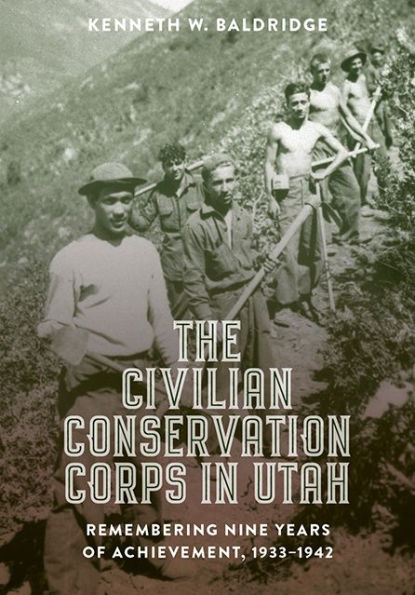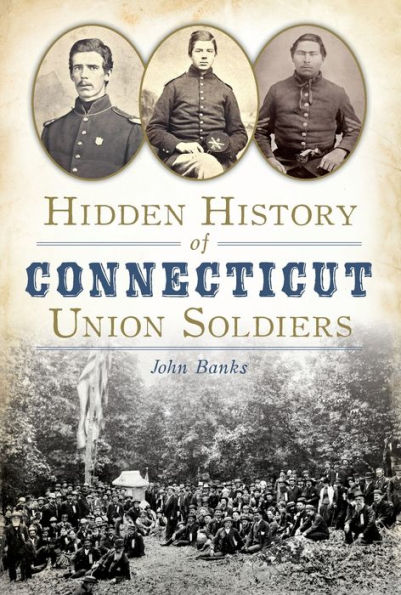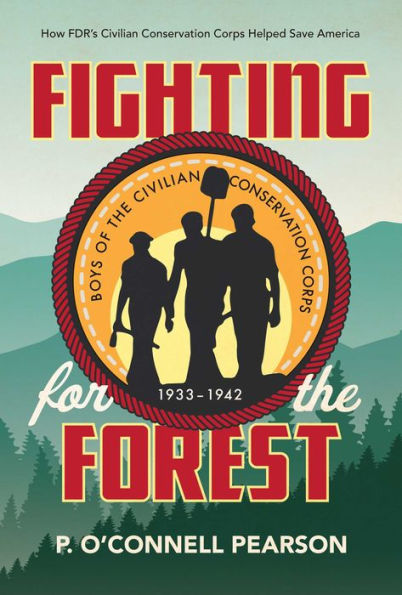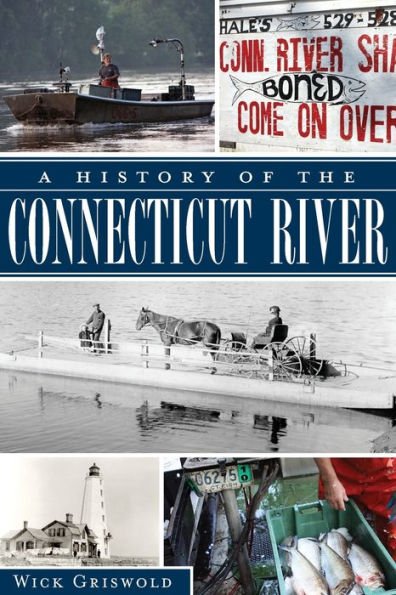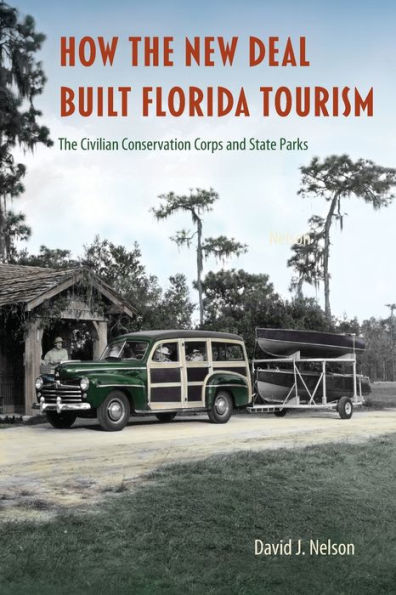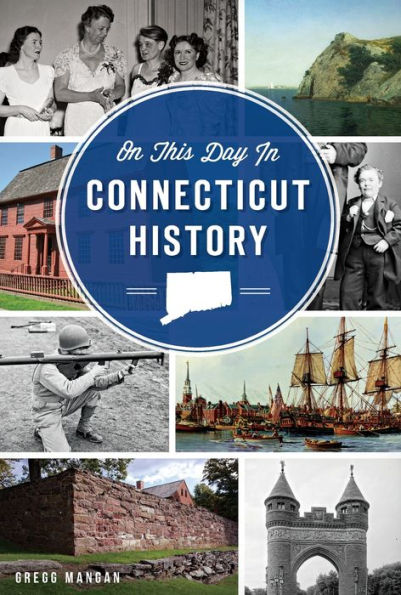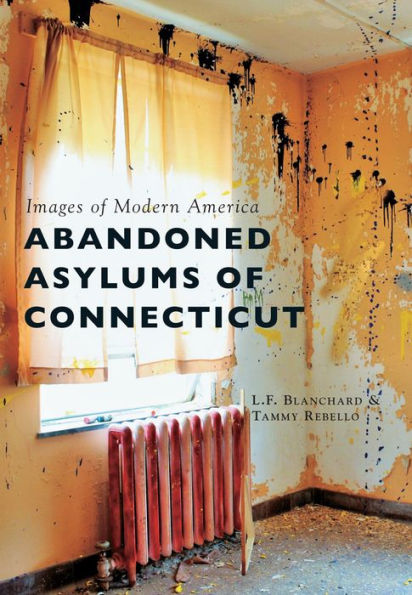Home
Connecticut Civilian Conservation Corps Camps: History, Memories & Legacy of the CCC
Barnes and Noble
Connecticut Civilian Conservation Corps Camps: History, Memories & Legacy of the CCC
Current price: $24.95
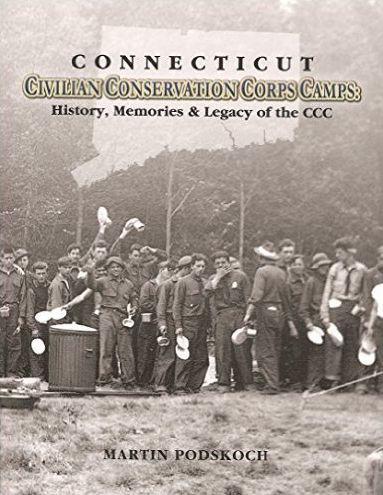

Barnes and Noble
Connecticut Civilian Conservation Corps Camps: History, Memories & Legacy of the CCC
Current price: $24.95
Size: OS
Loading Inventory...
*Product information may vary - to confirm product availability, pricing, shipping and return information please contact Barnes and Noble
The CCC was a public works program that operated from 1933 to 1942, as part of Pres. Franklin D. Roosevelt's New Deal. It targeted young men and veterans in relief families who had difficulty finding jobs during the Great Depression, providing unskilled manual labor related to environmental conservation and development of natural resources in rural lands. Volunteers planted nearly 3 billion trees to help reforest America, constructed more than 800 parks nationwide, updated forest fire fighting methods, and built a network of service buildings and public roadways. In nine years, 2.5 million young men participated in restoring morale and public appreciation of the outdoors. My book describes the history and projects of the 21 camps located throughout the state. Camps were located at Housatonic Meadow in Sharon; Stones Ranch in Niantic; Natchaug State Forest (SF) in Eastford; Nipmuck SF in Union; Squantz Pond in New Fairfield; Meshomasic SF in Cobalt and Portland; Pachaug SF in Voluntown; Black Rock SP in Thomaston; Tunxis SF in East Hartland; Mohawk SF in West Goshen; Burr Pond in Paugnut SF; American Legion SF in Barkhamsted; Salmon River SF in East Hampton; Wooster Mountain SF in Danbury; Shenipsit SF in Stafford Springs; Experiment Station Land in Poquonock; Macedonia Brook in Kent and three camps in Cockaponset SF in Killingworth, Haddam, and Madison. Enrollees signed up for six months and worked a 40-hour week for $30 a month The government sent $25 to the enrollee's family and the enrollee received $5. The young men received good food, uniforms, and medical care. At first they lived in tents; later they lived in wooden buildings. These young men and special camps for war veterans were able to help their families and gain a sense of worth. There are hundreds of pictures of the boys at work and at camp, sometimes laboring mightily, other times clowning around or playing on camp teams. There are excerpts from camp newspapers of cartoons, poems, doggerel, and songs that will delight the reader for this unique window into their lives.
